People
Eduard Sievers
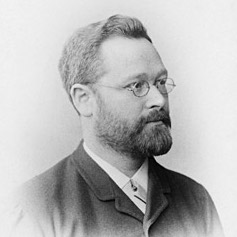
Objects in the Database

Lautarchiv Recording Aut 65 – “Eduard Sievers, Lesung” Audio
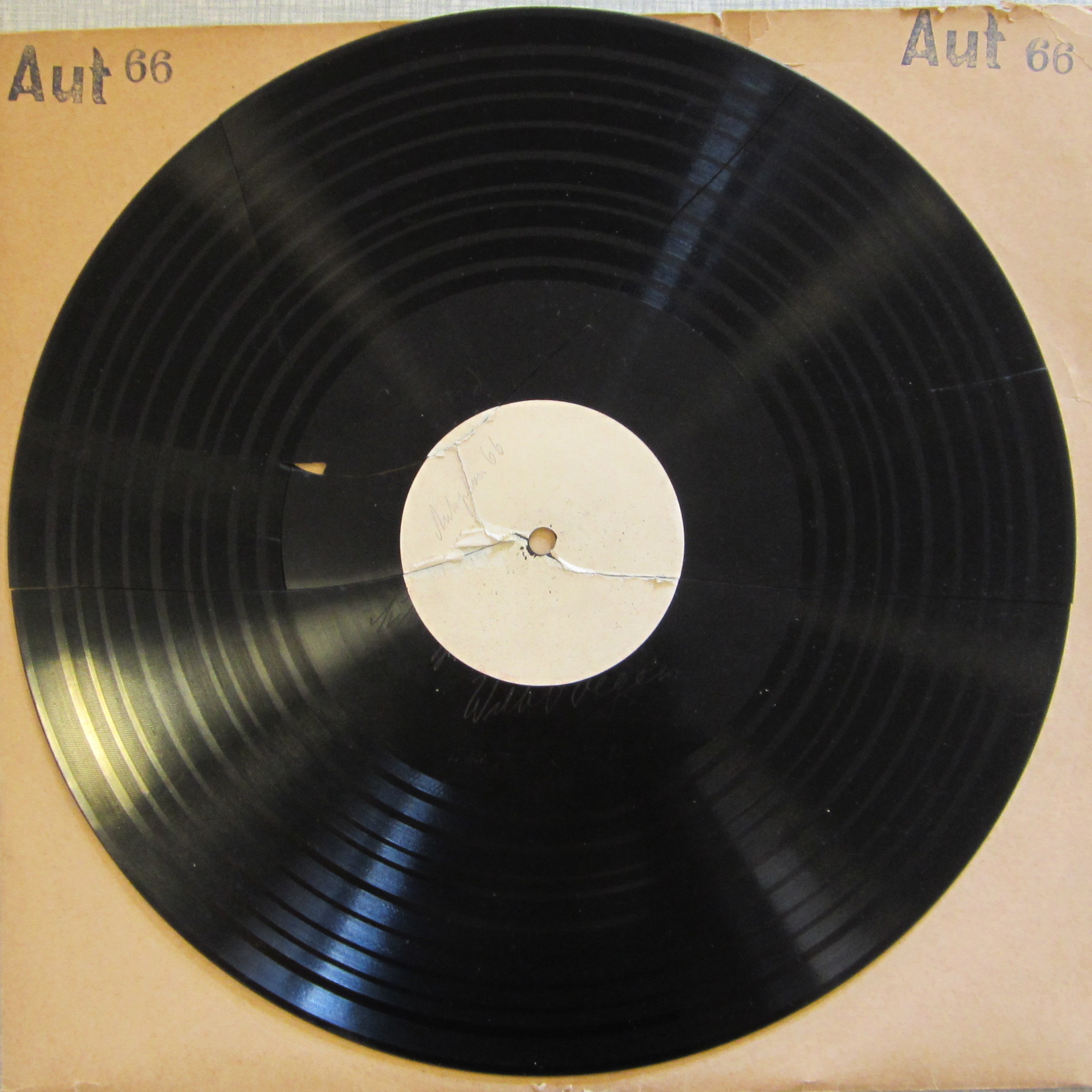
Lautarchiv Recording Aut 66 – “Eduard Sievers, Lesung” Audio
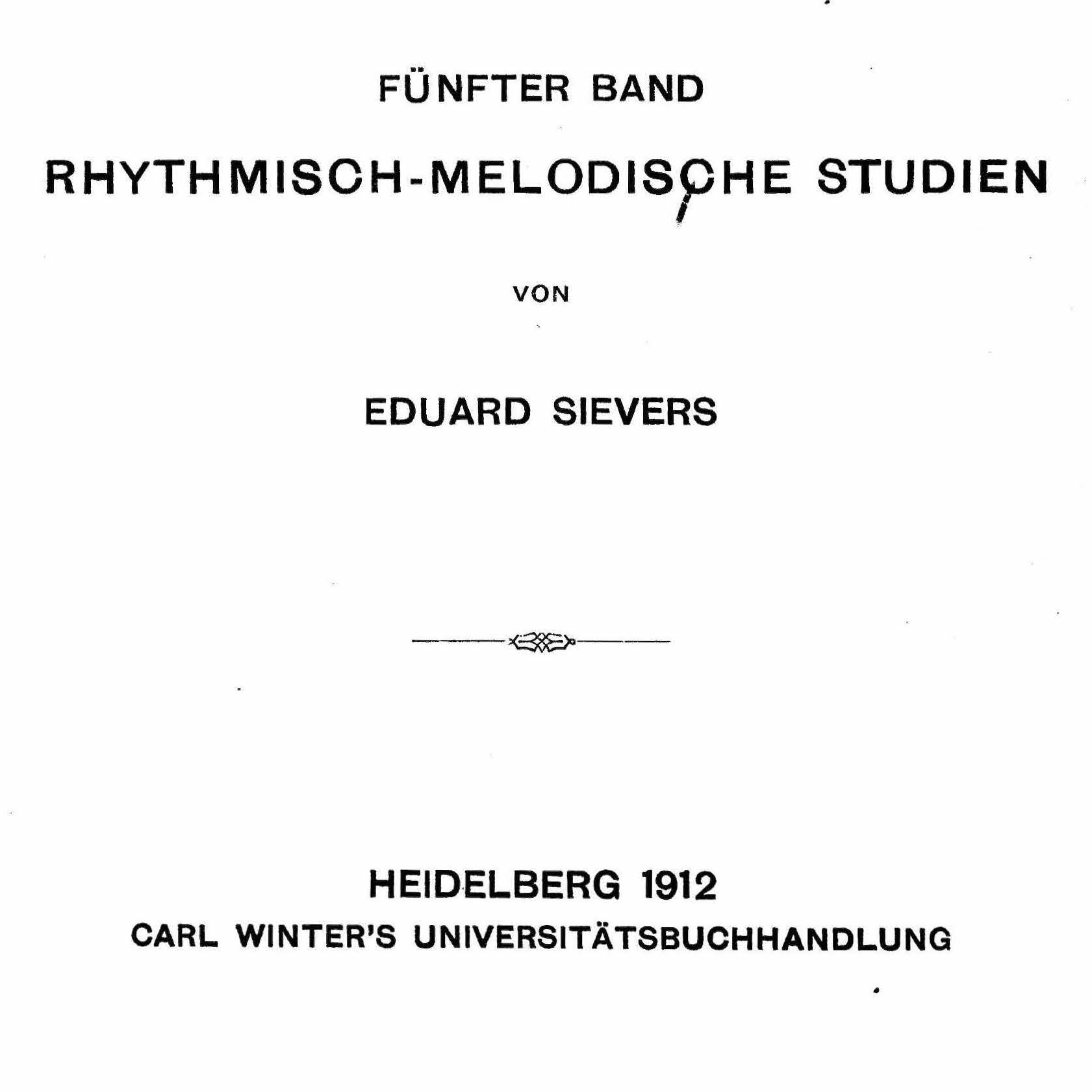
Rhythmisch-melodische Studien. Vorträge und Aufsätze Texts
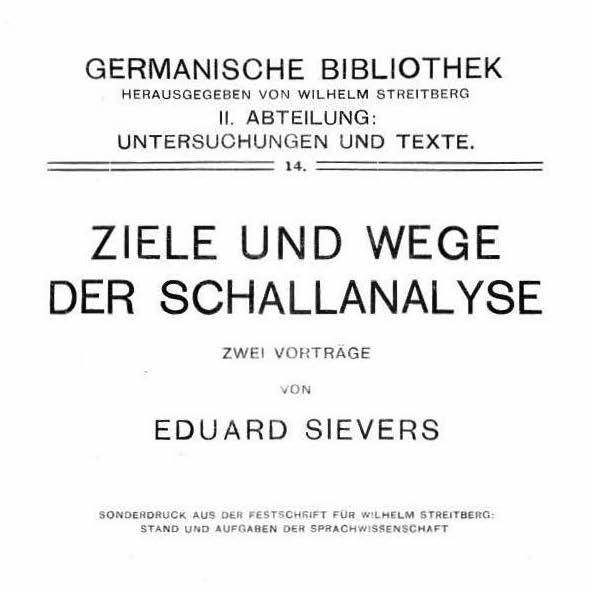
Ziele und Wege der Schallanalyse. Zwei Vorträge Texts
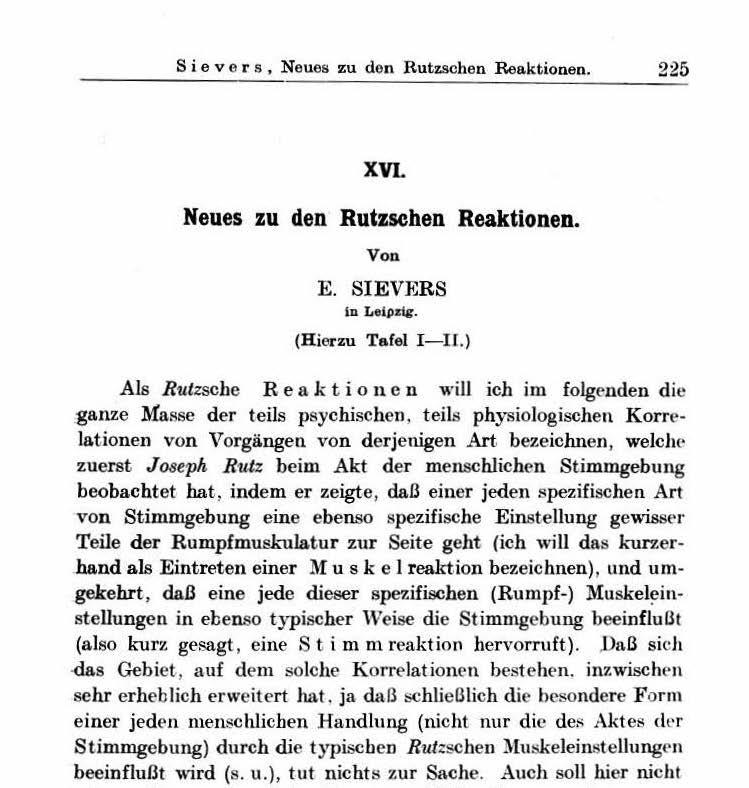
Neues zu den Rutzschen Reaktionen Texts
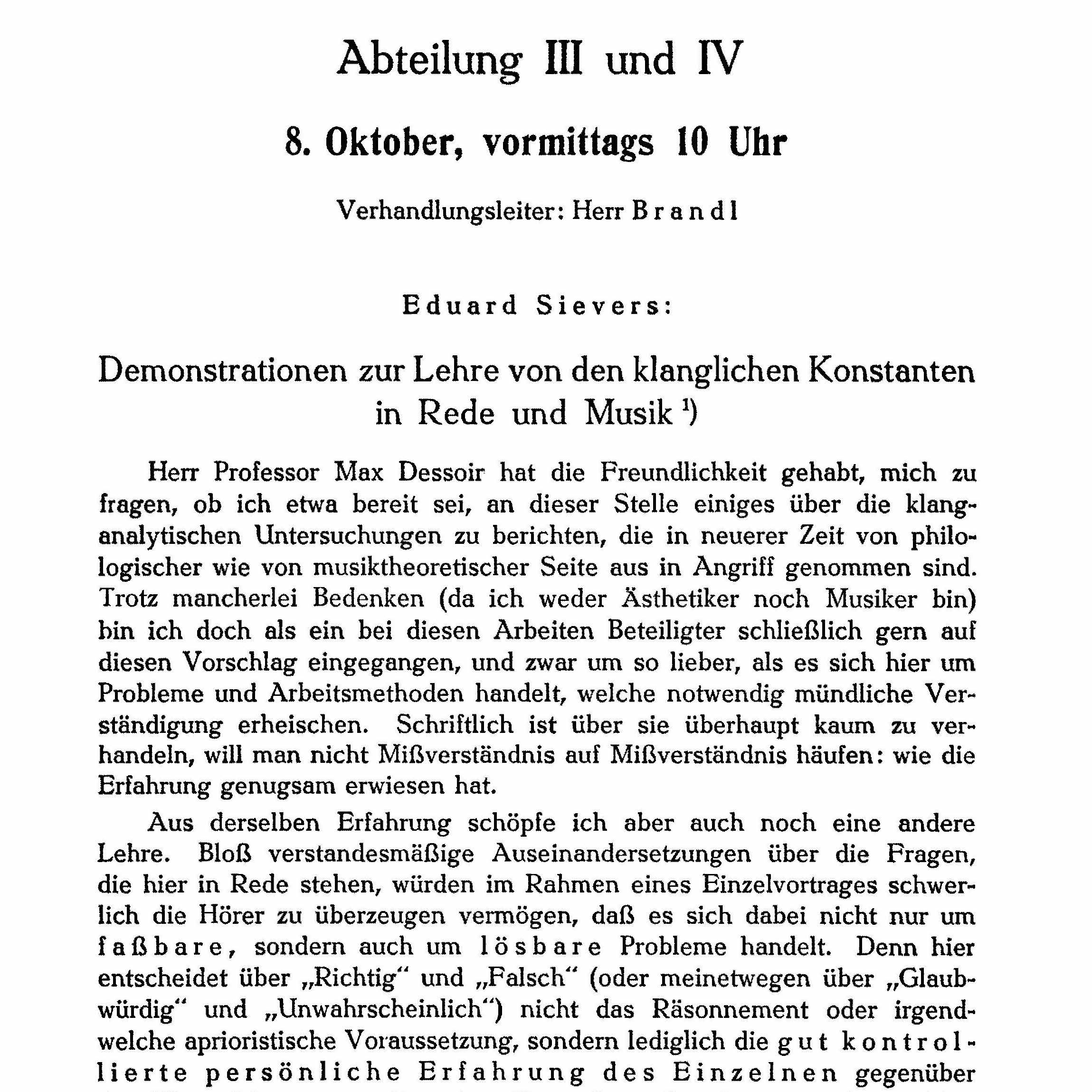
Demonstrationen zur Lehre von den klanglichen Konstanten in Rede und Musik Texts
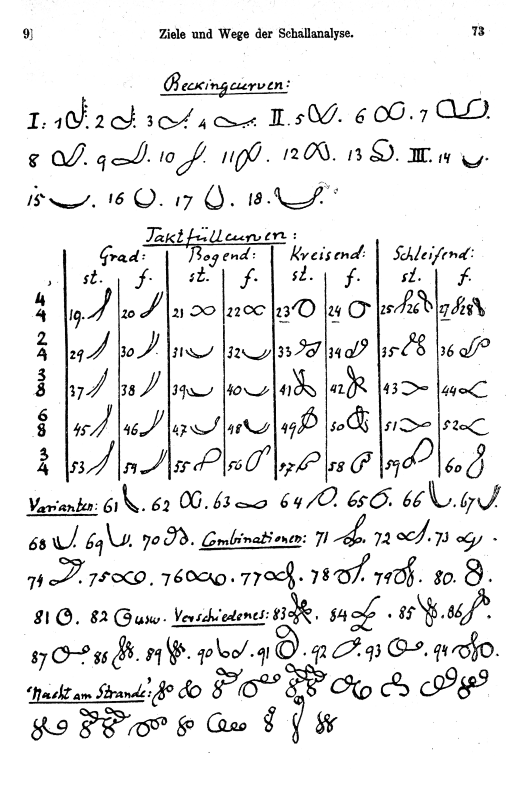
Becking curves Images
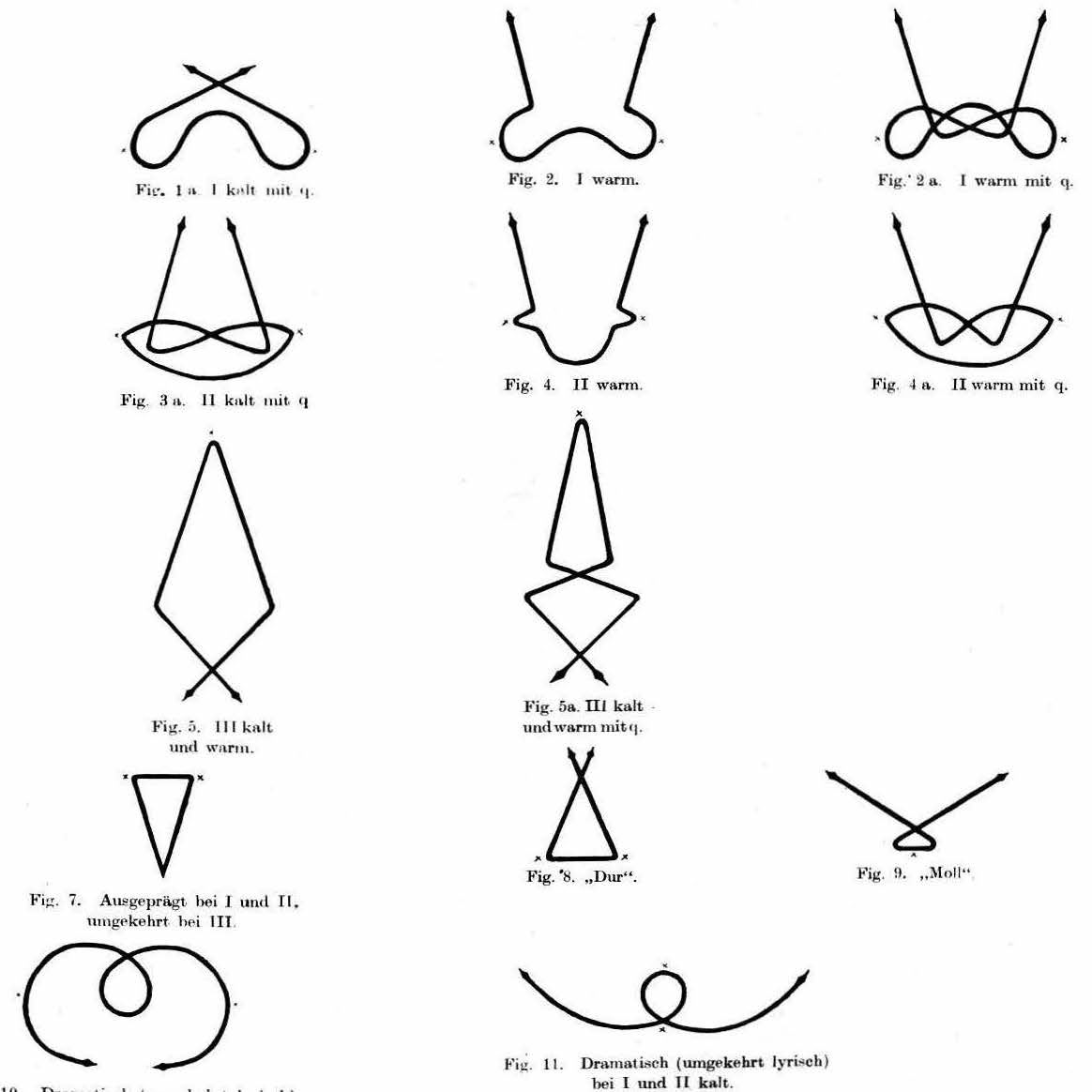
Stimmeinstellungszeichen Artefacts
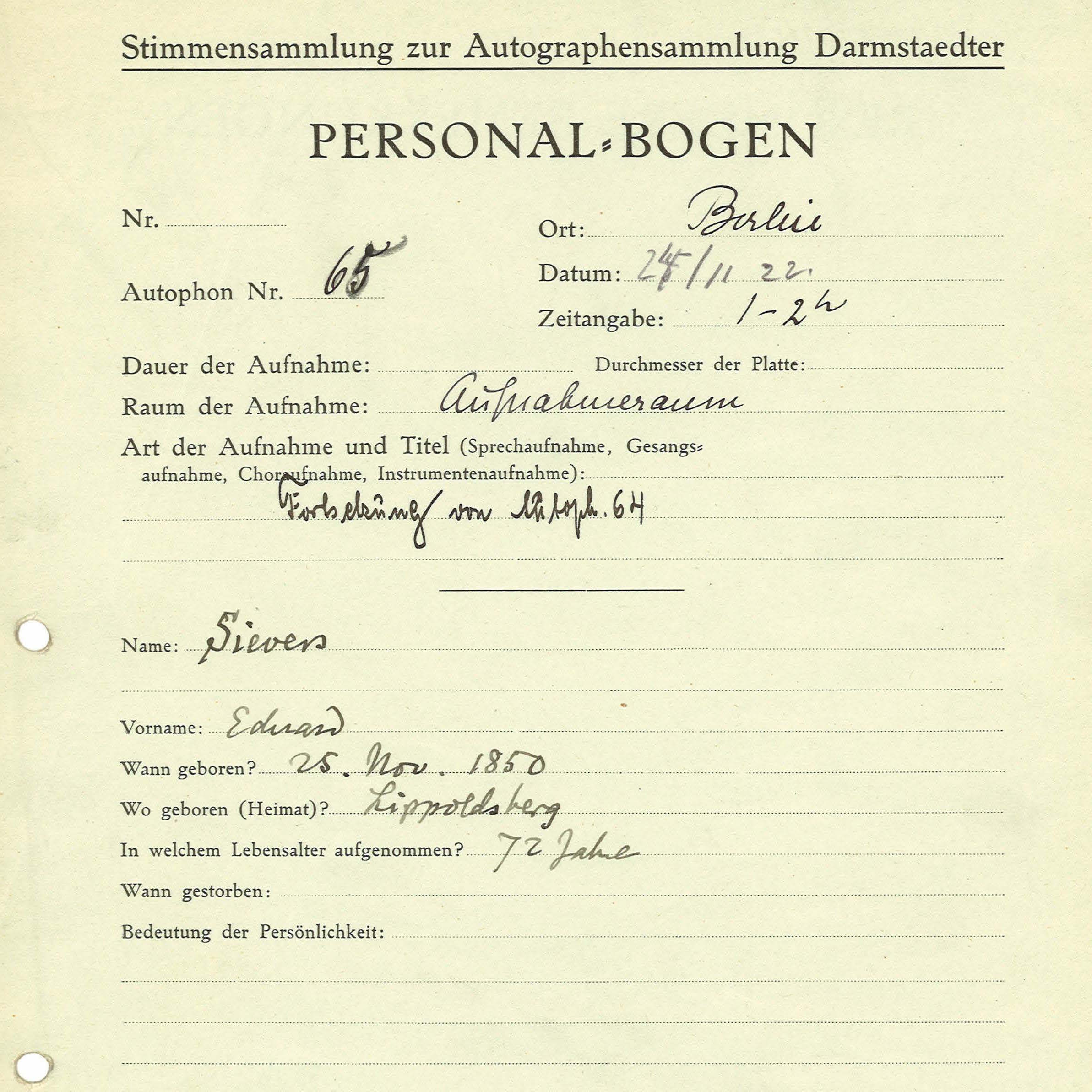
Personal information form for Lautarchiv Recording Aut 65 Texts
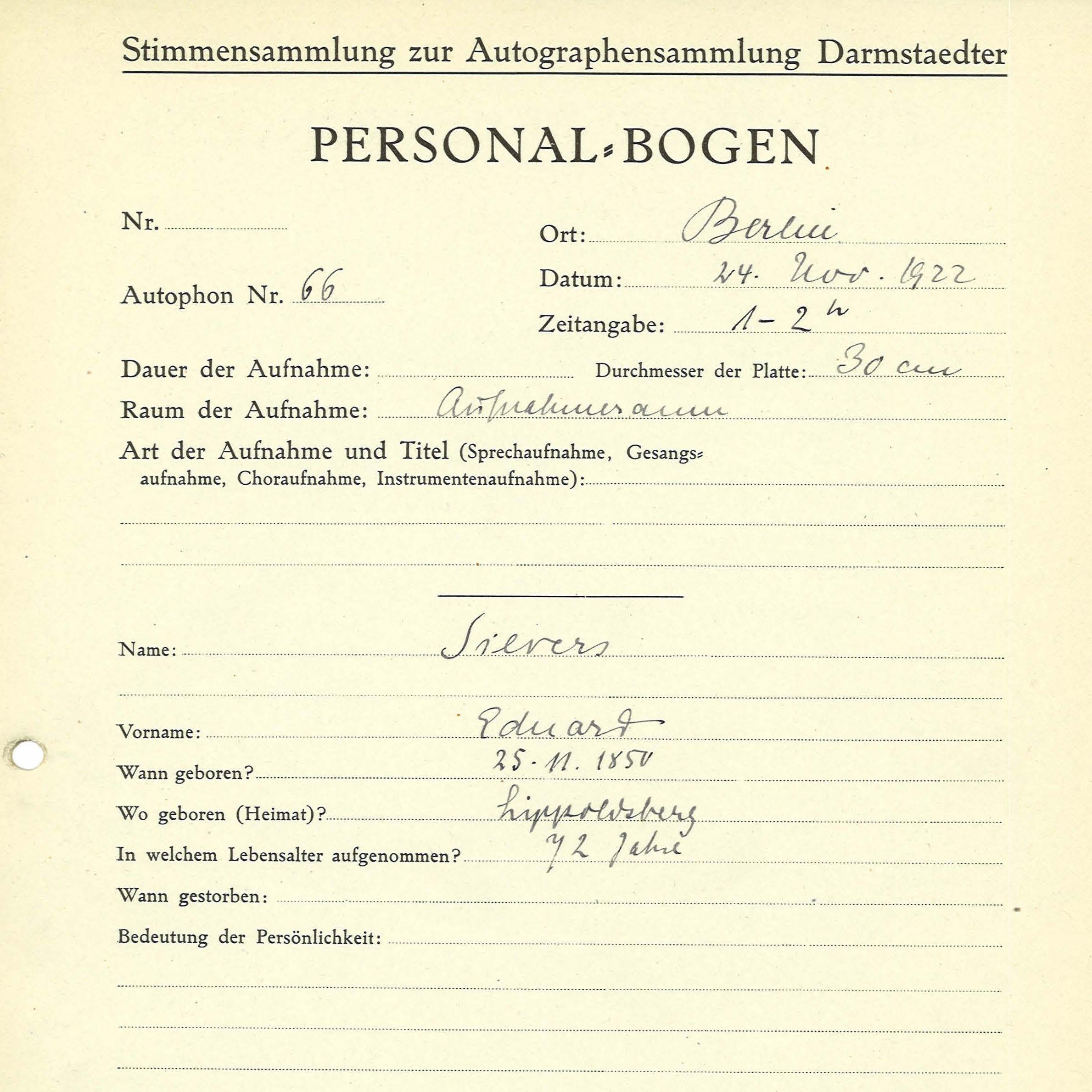
Personal information form for Lautarchiv Recording Aut 66 Texts
Eduard Sievers
Eduard Sievers was a linguist with a focus on Germanic languages, and was one of the Leipzig “neogrammarians.” Using statistical methods and experimentation, he aimed to formulate laws for the melodic and rhythmic elements of language. He also became well known for “Sievers’ Law,” a phonetic law for Indo-European languages.
After studying in Leipzig and Berlin, Sievers worked as professor extraordinarius of Germanic and Romance philology at the University of Jena from the age of twenty-one. In 1881, he turned down a call to Harvard, but taught at universities in Tübingen and Halle before accepting a professorship at Leipzig in 1892.
Sievers’s early career parallels the heyday of the discipline of phonetics in German universities. He specialized in Indo-European phonetics, but tried to approach the topic in a new way: he conducted experiments to reconstruct a literary text’s inherent sonic form, which he believed was set down by the author. He asked different people to read the same text passage and tried to find laws behind their tone, rhythm, and versification. In his view, an important part of recitation was the aesthetic empathy (Einfühlung) of the speaker who reproduced the author’s voice. Sievers also hoped to contribute to textual criticism and evaluate the authenticity of a text’s authorship. In 1910, he published the results of his sound analysis. Although it met with a rather skeptical response, this did not discourage him. He kept to his theory until his death, differentiating and expanding it on some points. For example, he drew on Rutz’s theory of different vocal types, used curves (categorized by his student Gustav Becking) to visualize an individual’s “inner tension,” and followed Rudolf Blümel in applying wire figures, representing the different vocal dispositions, to activate the correct trunk muscles in the speaker.
Although many phoneticians continued to criticize Sievers and his methods, his theories also had many followers, and he remained successful until his death in 1932.
© 2015 – 2026 Humboldt-Universität zu Berlin






